What Is The Best Wood For Wood Slat Dividers? 5 Things To Know

Table of Contents
- 1. What is a Wood Slat Room Divider?
- 2. Material Options for Wood Slat Dividers
- 3. The 5 Things to Consider When Choosing the Best Wood Species for a Wood Slat Divider Project
- 4. Choosing the Best Wood For Wood Slat Dividers: Rating Table
- 5. DIY vs. Custom vs. Prefabricated
- 6. Maintenance Tips for Wood Slat Dividers
- 7. Conclusion
Wood slat room dividers are a popular feature for modern homes, offices, hotels, and other businesses as they offer a stylish way to add separation to a space without closing it off completely.
Are wood slat room dividers a new trend? Not exactly. Even modern iterations of this design often draw inspiration from Japanese and Scandinavian architecture, which prioritize clean, simple lines that are functional without being overly ornate. This functionality comes into play with rotating wood slat room dividers, which can be open and closed in seconds to allow for increased light and airflow.
Despite their many benefits, building or buying a wood slat room divider isn't always straightforward. Warping, difficulty installing, and discoloration are just a few things that can ruin a project like this.
Material choice, installation style, and budget are just a few of the essential factors to consider when choosing the best wood for your wood slat divider project. We'll cover the rest below, and even assess the most popular material choices.
What is a Wood Slat Room Divider?
A wood slat room divider is a feature that consists of evenly spaced wooden slats that are either horizontal or vertical. They create a physical barrier in a room to offer a sense of privacy and separation without completely closing off a space.

Wood slat dividers are popular today as they help to create separate environments in open floor plans, which have been a popular feature of modern architecture. However, unlike a completely closed-off partition wall, they still allow for some light and airflow. Rotating wood slat room dividers like the design pictured above also allow you to open and close the slats to increase or decrease privacy.
Wood slat dividers are usually crafted from different wood types such as walnut, oak, cedar, and pine, with each wood type offering various grain patterns, textures, and colors. The wood can be customized further using different stains, varnishes, and paints.
Slatted room dividers can also be crafted from synthetic materials like PVC (polyvinyl chloride), MDF (medium-density fiberboard), or WPC (wood-plastic composite) and also customized with wood veneers, laminate, and finishes, depending on the material.
MDF and PVC dividers are often painted, or wrapped in wood veneers or laminate to give off a real wood appearance while lowering costs and installation difficulty.
The natural look of wood is hard to beat, and it is one of the key aspects that makes this such a timeless look. The challenge is that long, narrow slats of wood can easily warp, which will throw off the symmetry of the aesthetic and take away from its luxury feel. This is a key reason that choosing the right materials for a project like this is so important.
Material Options for Wood Slat Dividers
Solid Wood
Wood slat dividers made from solid wood are a great choice if you want to customize them later on, and potentially sand and re-finish them over the years. They're also ideal for areas that might be exposed to moisture like bathrooms or covered patios, as finished wood is typically fairly moisture resistant.
Solid wood is also known to age beautifully (when it’s finished properly), and the look of naturally-aged solid wood can be hard to emulate with non-natural materials.
The drawback of solid wood is that it can warp and crack over time, especially if humidity and temperature levels vary in your space. They can also be very expensive, depending on the species.
Thankfully, some wood species warp less than others, and properly finishing your wood slats can also help to minimize warping. These are both topics that we will cover in-depth below, along with some wood species recommendations for spaces where humidity and temperature levels may vary.
MDF
Medium Density Fiberboard (MDF) is an engineered wood product made from wood fibers, which are then mixed with resins and adhesive before being pressed into panels. This material has been used in furniture and cabinetry for decades as it is extremely dimensionally stable and easy to work with.
Unlike solid wood, MDF has a perfectly uniform density, which means that it doesn’t crack or warp over time, making it great for a project like this. MDF is also great if you’re going for a painted look rather than a natural wood grain aesthetic, as it has an even surface finish that is easy to paint.
This Wood Slat Room Divider project uses an MDF core with a walnut veneer to create a stunning entryway partition.
If you still want a real wood grain finish, combined with the dimensional stability of MDF, the best option is to wrap MDF slats in a real wood veneer. Wood veneer can be purchased locally or online and applied to your MDF slats, before being sanded, stained, and finished just like solid wood. This will typically give you the best combination of dimensional stability (no cracking or warping) with the natural beauty of real wood on the surface.
The main considerations when using veneered wood slats are water resistance and strength. MDF absorbs water easily and shouldn’t be used in wet areas, like near a shower or outdoor area. It’s also not as strong as solid wood, so it definitely shouldn't be used for any structural purposes.
You can veneer MDF yourself using glue, which will require patience but is very much possible. Alternatively, local or online suppliers do offer prefabricated MDF slats that already have the veneer applied on all 4 sides, leaving you with just a simple installation.
All-in-all, MDF is great if you want an affordable option that can still be painted or veneered to match the look you’re going for.
PVC or WPC
Polyvinyl Chloride (PVC) or Wood Plastic Composite (WPC) is the best choice if you are looking for a budget-friendly wood slat room divider that's also durable.
These are both plastic-based engineered materials, making them ideal for bathrooms or areas where humidity and temperature may fluctuate frequently. They also work great in commercial spaces which have a lot of foot traffic and are exposed to quite a bit of wear and tear.
However, while these synthetic material options are extremely durable and dimensionally stable, they typically don’t look like real wood when seen up close. For small offices or inside the home, this can compromise the natural aesthetic and sometimes even feel cheap.
Despite this, its durability and affordability makes it an ideal choice if you are budget-conscious or if you want to place it in a high-traffic area exposed to the elements.
The 5 Things to Consider When Choosing the Best Wood Species for a Wood Slat Divider Project
Now that we’ve covered your material options and a few alternatives to solid wood, let’s assess the 5 key factors when choosing which wood species to use for your wood slat room divider project.
Below you will also find a helpful rating table of the most popular wood species for this kind of project.
1. Price
Price is the first thing you need to consider when choosing the best wood for wood slat dividers.
Premium hardwood options like walnut and solid oak offer unmatched beauty, but are priced higher compared to other wood types like birch or pine. Pre-primed PVC slats can also be purchased from local suppliers, and will typically fall somewhere in between softwood and hardwood cost-wise.

Cost will vary in your local market and even depending on seasonality, but as you can see in the cost comparison above, softwoods like pine are typically cheaper, while hardwoods like poplar and oak will be more expensive.
As it’s an engineered product, raw MDF is typically cheaper than even the cheapest hardwoods. If you’re just going for a painted white or black wood slat room divider, MDF is perfect as it paints easily and is quite cost-effective.
If you or your installer have the skills to apply veneer, MDF wrapped in a real walnut or oak veneer can save on material costs, without sacrificing the look and texture of genuine hardwoods. MDF is also more dimensionally stable than solid wood (more on that below), making this a good option.
2. Ease of Use
Ease of use is another important consideration to make when choosing wood for your wood slat room divider.
Whether you’re building and installing the divider yourself or working with a professional, how easy the wood is to work with will impact the timeline and often the cost of the project.
Cutting, sanding, staining, and finishing will all take longer with woods that are more tricky to work with. In general, hardwoods take stain more evenly and are easier to finish, but are harder to cut and drill into because of their density. Because they’re typically more expensive, mistakes or split pieces caused during cutting and drilling will also cost significantly more.
You can go for softwoods like cedar and pine if you want to reduce the risk of splitting as they are lighter and can be easily cut and drilled into place. Drilling pilot holes always helps to reduce splitting as well.
The downside with softwoods is that they don’t take stains evenly and usually require a wood conditioner before staining that can produce mixed results.
MDF offers a huge advantage over its counterparts if you’re looking to balance quality with efficiency and ease of installation. Because of its uniform density, MDF is extremely easy to cut and drill into, which will cut down (no pun intended) your installation time.
If you choose to wrap your MDF in a wood veneer, the wood veneer can be also stained and finished like solid wood. Careful when sanding, though! Veneers are typically around 1mm in thickness, so you don’t want to sand through the wood surface to the MDF underneath.
Always consider how many cuts you'll need to make, the number of holes you'll need to drill, and how you plan to stain and finish the wood when looking at the ease of use of your chosen wood species. This way, you can choose the best wood for your project based on ease of use.
3. Durability
Durability is usually measured by a material's hardness, resistance to wear and tear, and ability to maintain its appearance over time.
Choose hardwoods like walnut, ash or oak if you prioritize durability, as their density makes them extremely resistant to dents and scratches.
For maximum durability, consider using PVC or WPC. These materials are extremely resistant to water, rot, and insects, making them the most durable options for areas exposed to moisture such as bathrooms and even outdoor spaces like patios or open-air commercial spaces.
4. Dimensional Stability
Dimensional stability refers to a material's ability to maintain its shape and dimensions over time, even if exposed to varying conditions. In other words, the more a wood warps, twists, expands or contracts over time as air humidity and temperature levels change, the less dimensionally stable it is.
The clean, symmetrical lines are arguably the most important factor that keep a wood slat room divider looking beautiful. If the wood warps even a little bit, it can quickly throw off the symmetry of the slats and ruin the designer look you worked so hard to achieve.
Because of this, slat dividers with long slats or without spacers in the middle to keep them straight shouldn’t be made from softwoods like pine or fir. Solid oak, ash, and walnut will still typically warp over time, but much less so.

You can also use MDF with a real wood veneer for excellent dimensional stability. MDF is engineered to have a perfectly uniform density, preventing warping or cracking over time. This makes it ideal for projects like wood slat room dividers and wood slat walls, ensuring the slats remain straight and evenly spaced throughout the years.
If you don’t have the time, skills, or tools available to wrap MDF slats in real wood veneer, you can buy pre-veneered MDF slats to create a wood slat room divider. This just leaves you with the easiest part - the installation!

PVC or WPC are also extremely dimensionally stable, which is why they’re used so heavily in decking and outdoor environments. While they won’t have the same natural look as real wood, they will most definitely never warp or twist.
5. Aesthetics
Then there’s the aesthetics. You surely don’t want to choose a wood species that doesn’t complement your own style and design preference, right? And if you’re doing a project like this, you probably don’t want it looking cheap or tacky either.
That’s where aesthetics come in.
Walnut is a great choice if you want to have a sophisticated aesthetic with a mid-century appeal, thanks to its darker colorway and rich grain pattern. Teak is also a hardwood that would perfectly suit this aesthetic, although it is very expensive.
We recommend choosing pine or reclaimed wood if you opt for rustic designs featuring natural grain and knot patterns. These can be great wood species to use in more coastal or chalet-inspired spaces. If you’re looking for a more durable wood for this look, maple is also a great choice.
Meanwhile, white oak or ash works best for those who prefer more traditional styles like Scandinavian and Japanese designs as these give off a more timeless appeal. These designs lean into clean lines that evoke calmness and simplicity. Bamboo is also heavily used in Japanese architecture, and could be a good choice if it’s available in your local market.
Each wood species offers its own unique qualities, so be sure to choose the one that best complements your overall design and functionality preference.
Choosing the Best Wood For Wood Slat Dividers: Rating Table
|
Material |
Aesthetics |
Durability |
Dimensional Stability |
Price |
Ease of Use |
Total |
|
MDF with Wood Veneer |
9 | 7 | 9 | 7 | 8 | 40 |
|
Oak |
8 | 9 | 9 | 6 | 7 | 39 |
|
Maple |
8 | 8 | 8 | 6 | 7 | 37 |
|
Walnut |
9 |
8 |
8 |
5 |
6 |
36 |
|
Ash |
8 |
8 |
7 |
6 |
7 |
36 |
|
PVC or WPC |
7 | 5 | 9 | 7 | 8 | 36 |
|
Teak |
9 | 9 | 9 | 3 | 5 | 35 |
|
Pine |
6 |
5 |
5 |
8 |
9 |
33 |
|
Bamboo |
7 | 6 | 7 | 5 | 8 | 33 |
|
Cedar |
7 | 7 | 5 | 7 | 8 | 32 |
Notes:
- Aesthetics: Based on the natural appearance and finishing options.
- Durability: Resistance to wear, tear, and environmental factors.
- Dimensional Stability: Ability to maintain shape and stay straight over time.
- Price: Relative cost, with 1 being the most expensive and 10 being the least expensive.
- Ease of Use: How easy the material is to work with, including cutting, shaping, and installation.
In summary, for a wood slat room divider project, pine is the best wood in more rustic spaces with smaller budgets, while solid hardwoods like white oak and walnut are best for sophisticated spaces where price isn’t as much of a concern. Go for slightly cheaper hardwoods like ash or maple for a good mix of durability and price savings.
Alternatively, try using MDF with a real wood veneer for the best dimensional stability, you can wrap the veneer yourself or buy MDF wood slat room dividers online.
DIY vs. Custom vs. Prefabricated
Pros and Cons of DIY Build
DIY builds have its own pros and cons. On the positive side, DIY offers the feeling of satisfaction in working on a unique project and is customized to your own liking. You can also save money.
However, you need to have specialized tools like saw, drill, and sandpaper, to drill and smooth the slat divider.
You’ll spend a lot of time in the sanding and cutting process which usually takes several hours. The whole project can even extend to multiple weekends.
Knowing that you have to spend more time and effort for a DIY build, it might be a better option for you to go for prefabricated wood slat dividers. Not only will this save you time and effort, but you also get a professional quality finish.
Steps for a Successful DIY Project
There’s no doubt that DIY projects are downright fulfilling. However, they come with their own challenges.
First off is that you need to have the tools, such as a saw, drill, level, measuring tape, and clamps. Start by measuring your space and then sketch out the design. Then assess the quantity of the materials needed and choose the best wood for your needs. Also set a specific budget to avoid spending beyond your financial threshold.
When to Consider Professional Help
Professional help is a must-have if you lack the experience, skills, tools, and time to work on a DIY project of this size and difficulty level. Do your own research on the best woodworkers and reputable wood slat divider manufacturers on the internet.
Check out their online reviews and previous projects found on their website or social media pages. Although you might end up spending more, it’s totally worth it knowing that you are getting high-quality products that can last long and meet your needs.
When to Consider Prefabricated Options
Prefabricated wood slat room dividers are the ideal choice if you want to save time and convenience is your main priority. They typically come pre-finished with a furniture-grade lacquer, which protects the wood veneer against fading or water spots.
These are ready to install upon delivery and only take a few hours to install, as all the necessary hardware is included.
They’re great if you want to achieve a professional look but do not have the skills needed to work on a DIY project. Factor in installation ease, quality, and price when choosing which prefabricated divider you want to have.
Maintenance Tips for Wood Slat Dividers
Regular cleaning is the best thing you can do to keep your wood slat divider in tip top shape. Regularly dust them using a duster and soft cloth.

You can use damp cloth if you want to do deeper cleaning, but make sure your wood is properly finished when using water for any cleaning. Unfinished wood will discolour when it comes into contact with water, even for a quick cleaning.
We recommend you avoid exposing the wood direct sunlight because UV rays can cause premature fading and warping. If you want to install the divider in a sunny area, ensure the wood is finished properly to avoid discoloration.
For minor dents and scratches, you can use wax sticks or matching wood filler to gently repair the wood surface. Make sure you gently buff it afterwards. If the wood has already been finished, you may need to apply another topcoat of the same finish after sanding the wood filler, ensuring the wood tone remains consistent.
Conclusion
Wood slat dividers are a great addition to your interior space as they enhance the aesthetic appeal while helping to create some much-needed separation. Each wood species has its own pros and cons, but luckily there’s a great option for most projects. Use our comparison table above to make the best choice for your project.
If you have any questions about a project like this, we’re here to help! Feel free to use our chat to ask questions, or check out our Wood Slat Room Divider if you’re looking for a prefabricated divider option.
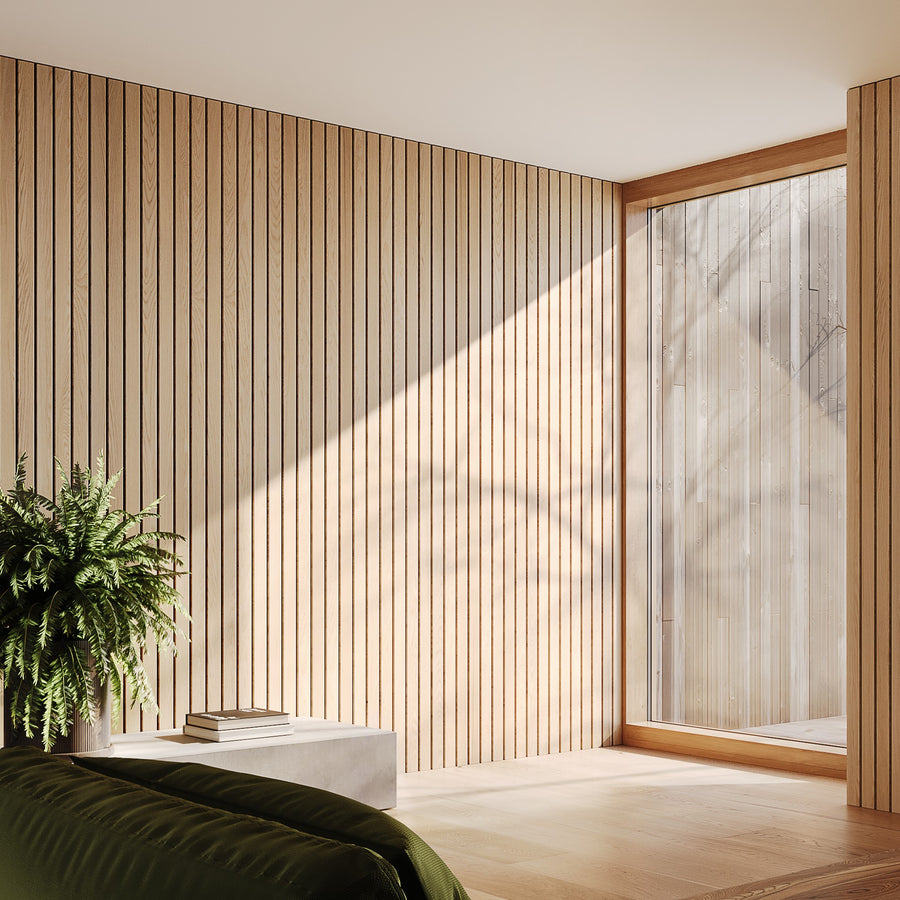
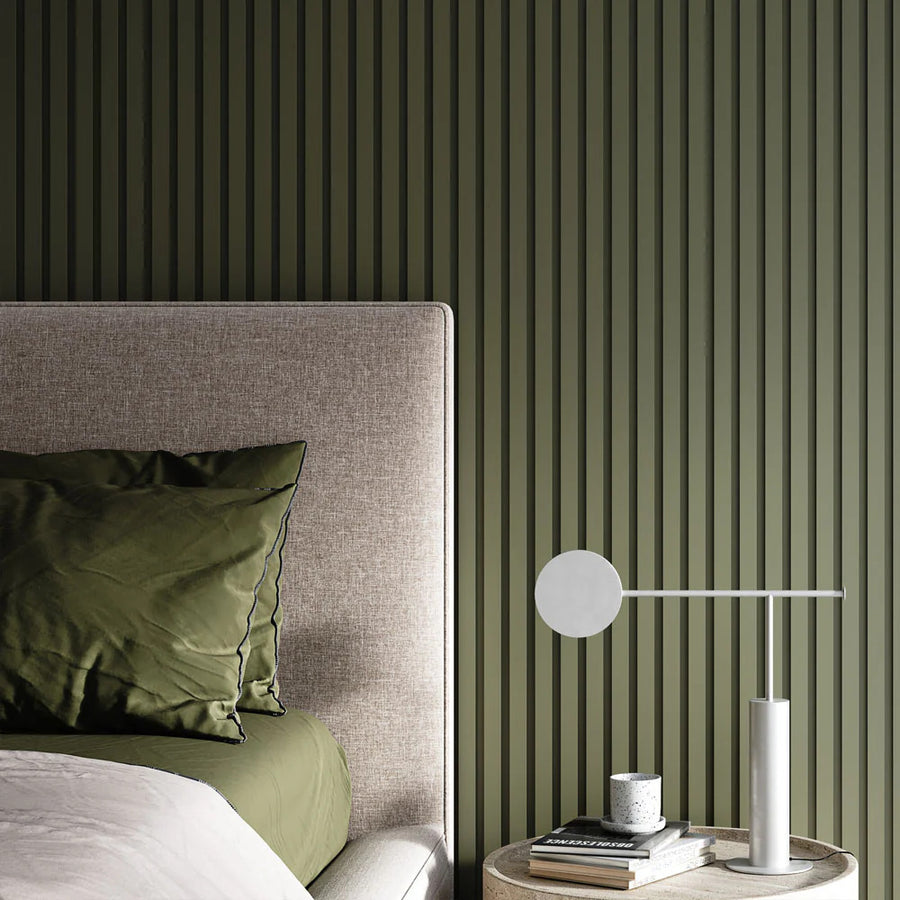
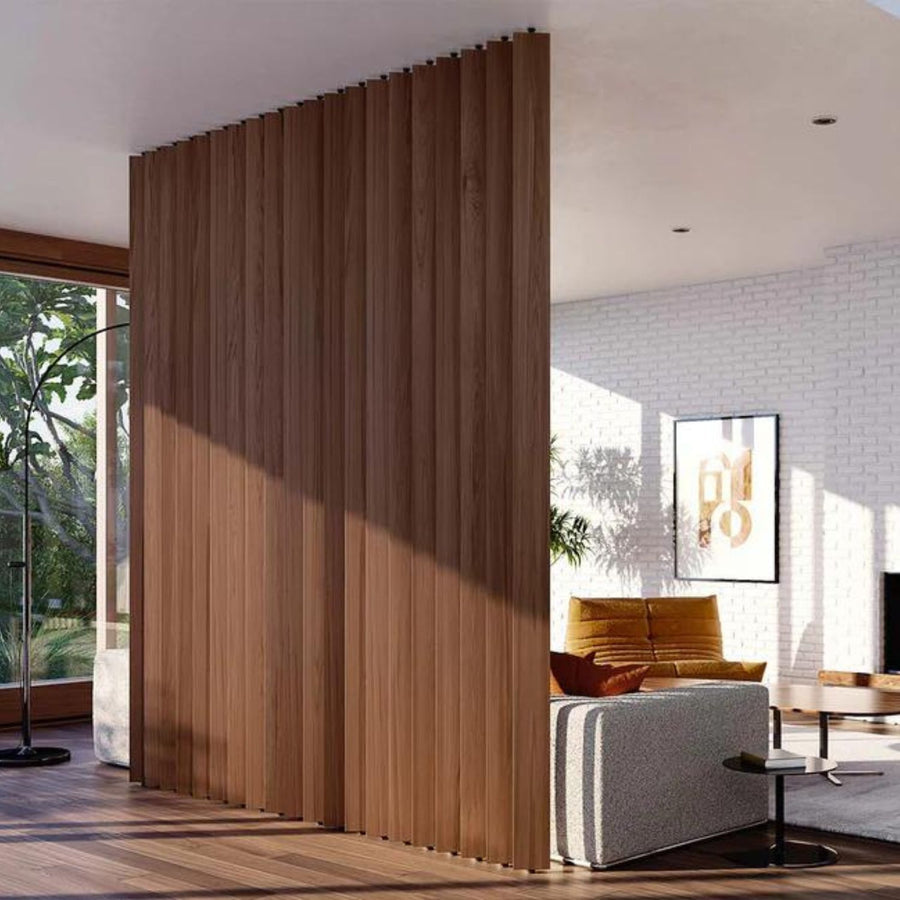

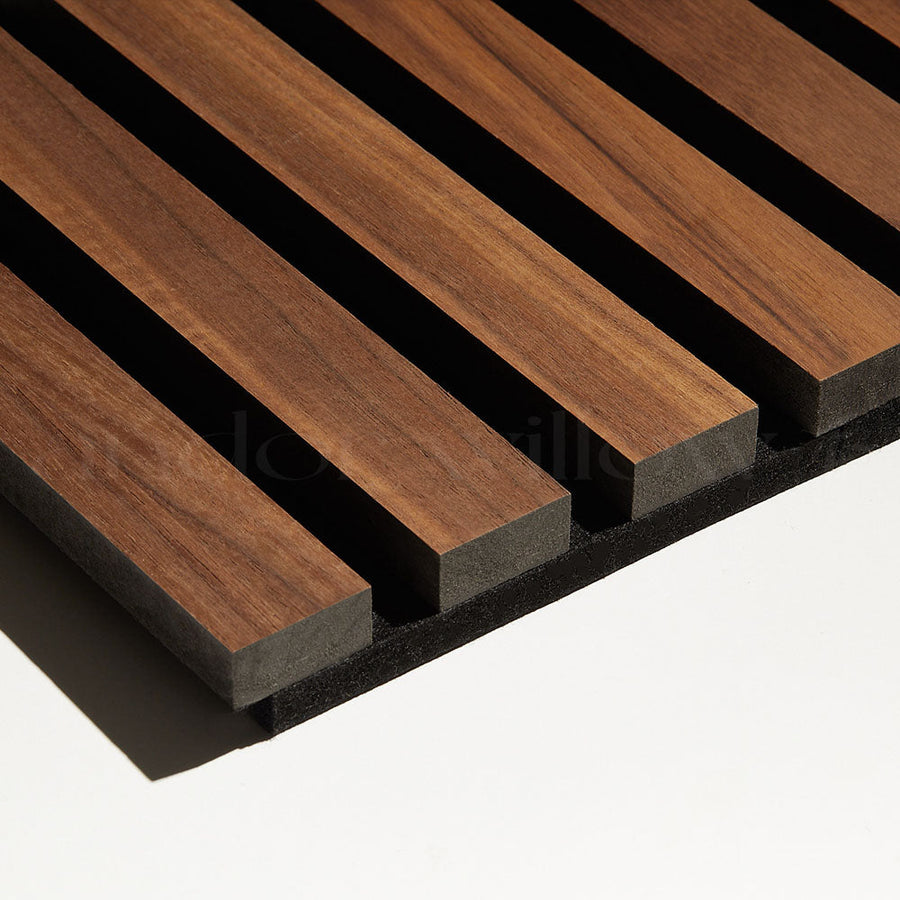
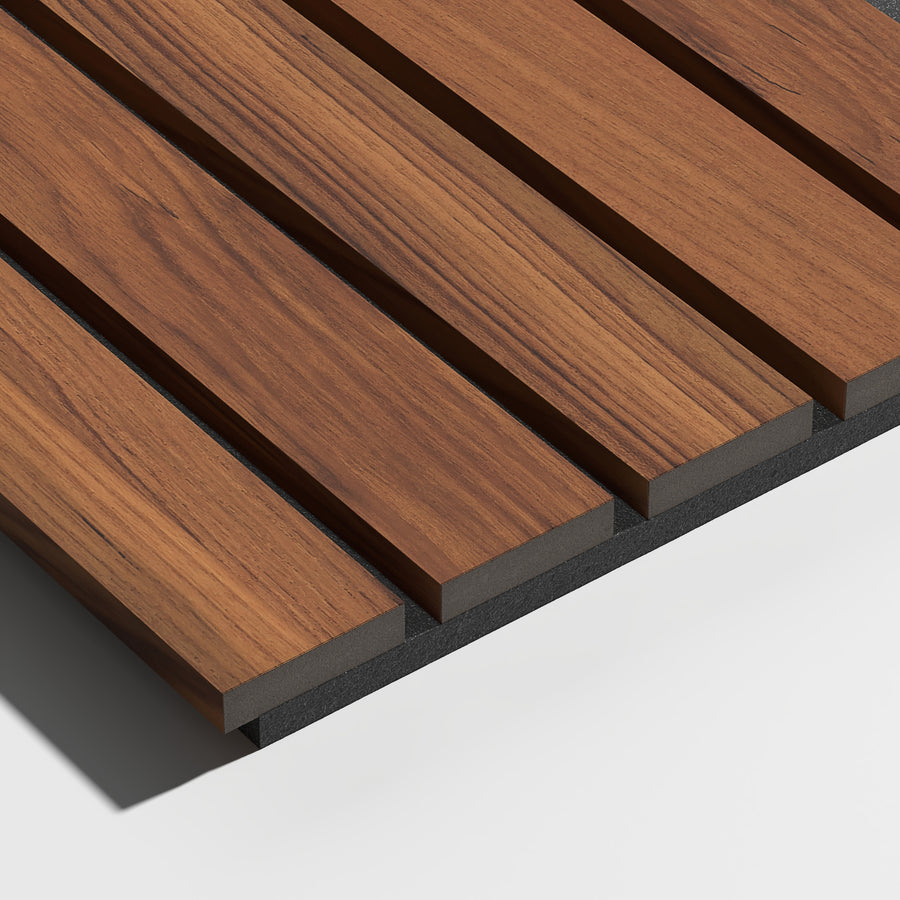


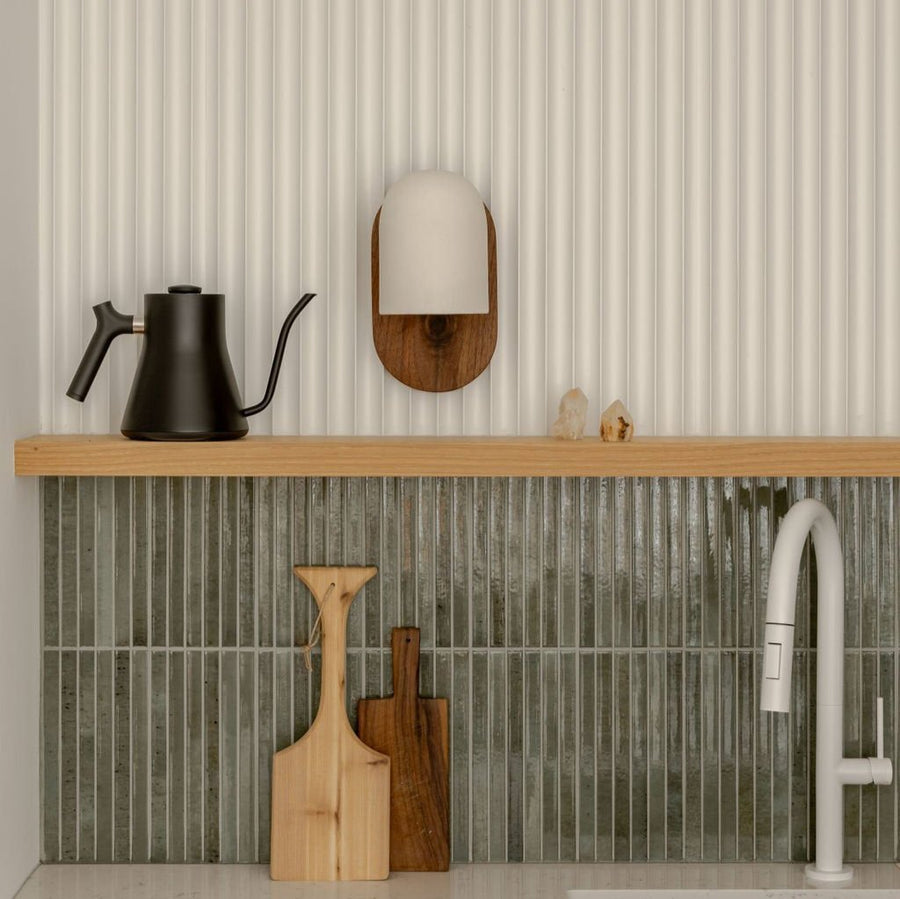
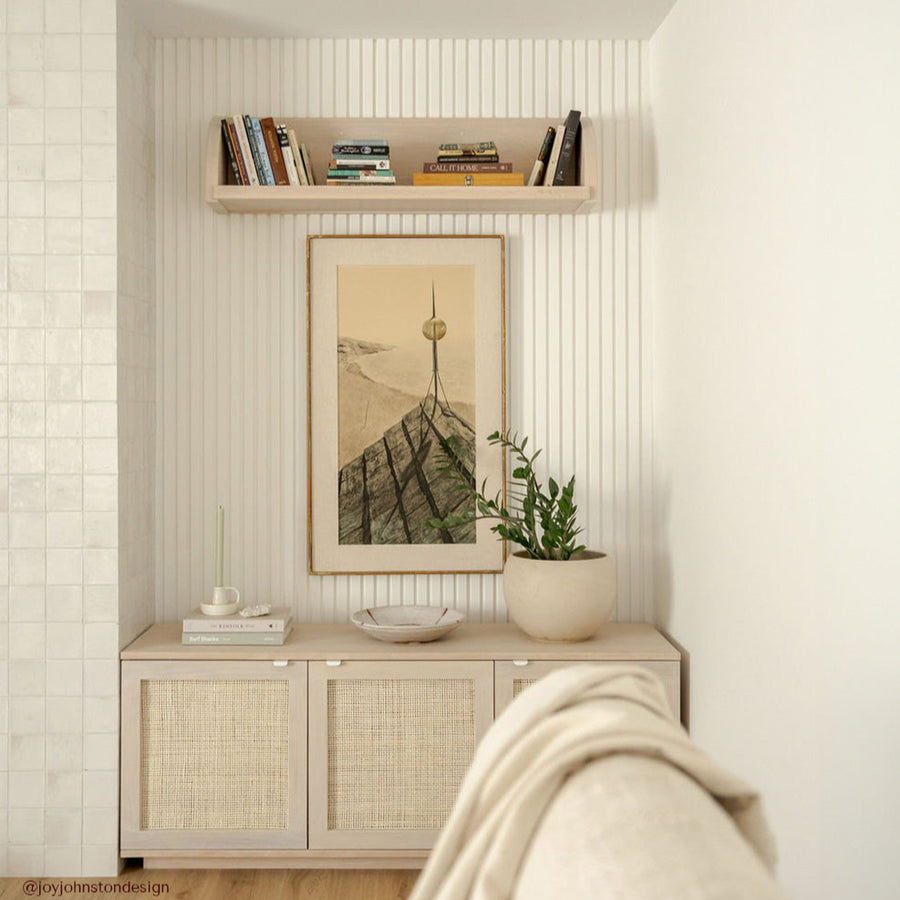

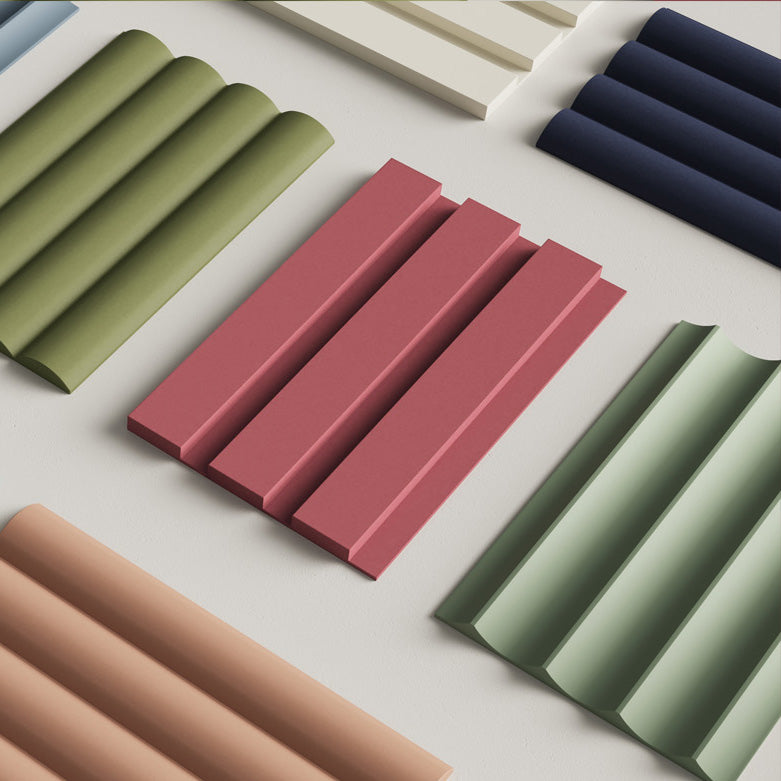
















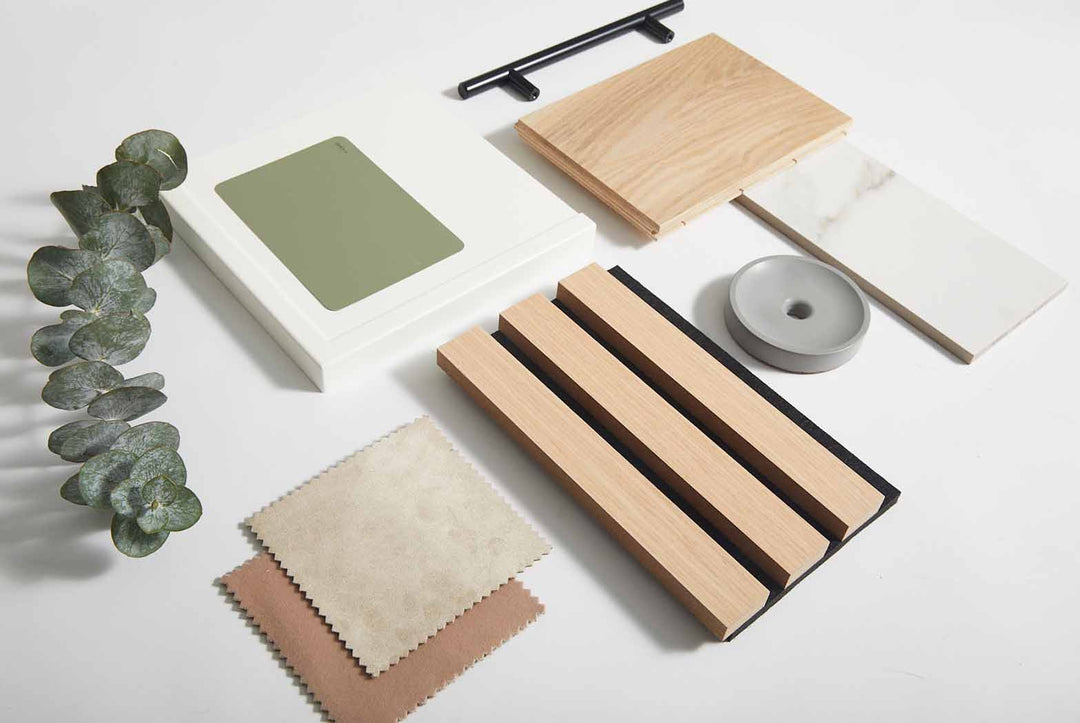
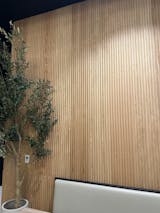











Leave a comment